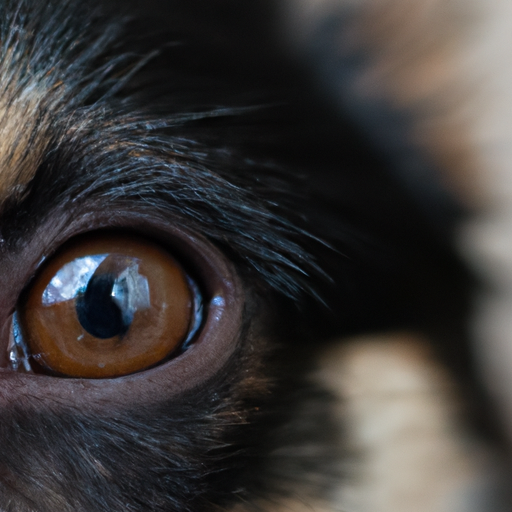Understanding Canine Cataracts
Dear caregiver, you’re likely familiar with the term “cataracts” as it pertains to human eye health. But did you know that our canine companions can also suffer from this condition? Cataracts in dogs are similar to those in humans – they’re a clouding of the lens in the eye, resulting in blurred vision and, in severe cases, blindness.
In dogs, cataracts often appear as a bluish-gray haze in the eye, similar to a fogged-up window. You might notice your dog bumping into furniture or having difficulty catching toys, indicative of their compromised vision.
The Causes of Canine Cataracts
Cataracts can form for a variety of reasons. The most common include:
- Age: Just as in humans, dogs’ eyes can degrade with age.
- Genetics: Some breeds are more prone to developing cataracts.
- Disease: Conditions like diabetes can lead to cataract formation.
- Injury: Trauma to the eye can also result in cataracts.
Recognizing the Signs
Early detection of cataracts can lead to more effective treatments and a better quality of life for your dog. Be alert for the following signs:
- Cloudy, hazy, or bluish-gray eyes
- Clumsiness or difficulty navigating familiar spaces
- Unusual eye discharge or redness
- Squinting or apparent discomfort in bright light
Treatment and Management
The course of treatment for canine cataracts largely depends on the underlying cause and severity of the condition. Here’s a brief overview of potential treatments:
| Treatment | Description |
|---|---|
| Surgery | The most effective treatment for severe cataracts. The cloudy lens is removed and replaced with a synthetic one. |
| Eye Drops | Can help manage mild cataracts and slow their progression. |
| Dietary Changes | Some vets recommend a diet rich in antioxidants to support eye health. |
Preventative Measures
While you cannot entirely prevent cataracts, you can take steps to promote your dog’s overall health and eye wellness. Regular vet check-ups, a balanced diet, and protecting your dog’s eyes from injury can all contribute to keeping their vision clear and sharp.
Frequently Asked Questions
Q: Can cataracts in dogs be cured?
A: While cataracts can’t be “cured” in the traditional sense, they can be effectively managed and even removed through surgery in some cases.
Q: Are cataracts painful for dogs?
A: Cataracts themselves are not typically painful. However, they can lead to inflammation or other eye conditions that cause discomfort.
Q: How quickly do cataracts develop in dogs?
A: The progression of cataracts can vary widely, from a few months to several years, depending on the cause.
Q: Can I use human eye drops on my dog?
A: No, human eye drops may not be safe or effective for dogs. Always consult your vet before applying any medication to your dog’s eyes.
Q: Do all older dogs get cataracts?
A: Not necessarily. While cataracts are more common in older dogs, not all senior dogs will develop them. Regular vet check-ups can help catch any eye issues early.



